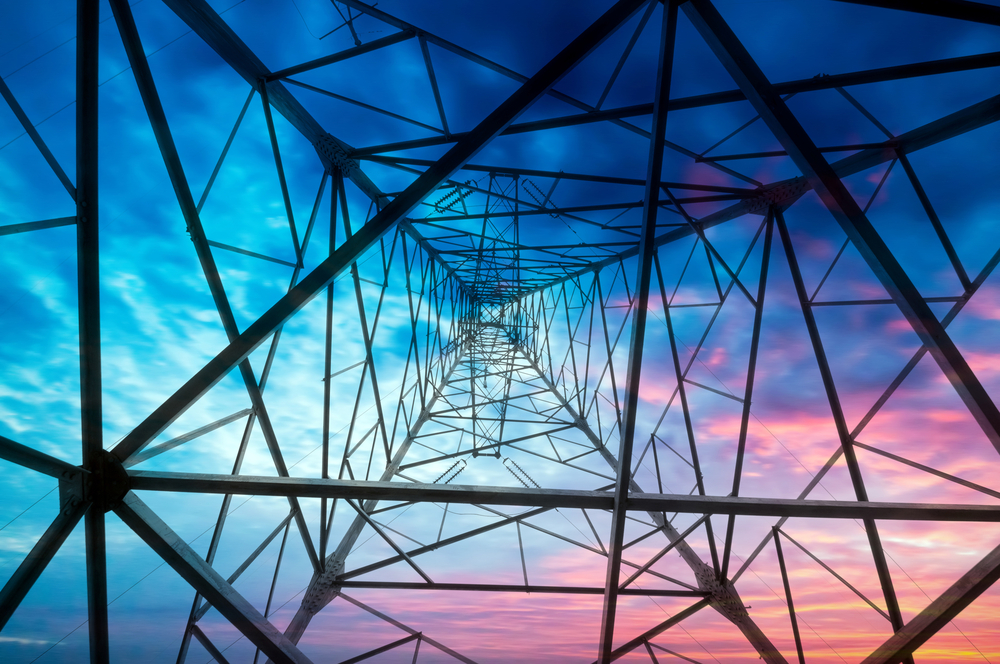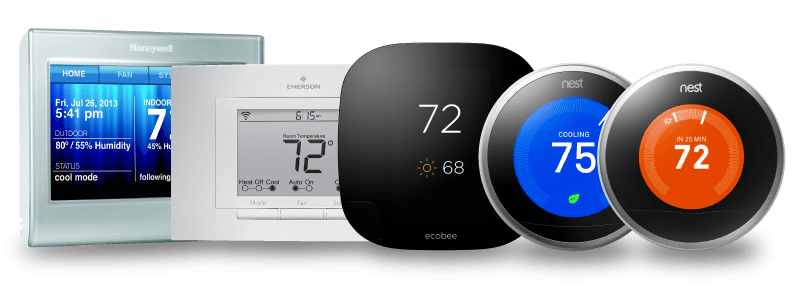In June last year, New South Wales State Premier Mike Baird announced that, should the NSW LNP win the next election, he would seek a mandate to put into place electricity privatisation across the state.
Under Baird’s proposal, 49% of the state’s four major electricity distribution and transmission networks (TransGrid; Networks NSW; AusGrid; and Endeavour Energy – Essential Energy was the only company to be excluded) would become privatised, with the majority of 51% still being retained by the NSW Government.
Electricity privatisation is already in place in various forms across the country, spread across the market’s four components of generation, transmission, distribution and retail end. In New South Wales, only transmission and distribution come under the lease proposal put forward by the LNP.
What does electricity privatisation actually mean?
But what does this actually mean in the long run and will it have any impact on the costs of energy bills?
LEASED, NOT SOLD
It’s important to note that the New South Wales’ electricity distribution system will ultimately remain owned by the NSW Government. The plan is to lease the use of 49% of poles and wires to the private sector for a term of 99 years, with rent being paid by companies applying for the lease to be paid in advance.
EFFICIENCY
Until recently, reports investigating this have been few and conflicting arguments surrounding the theory that privatisation will create a more efficient energy network. But in 2014 AER reported privatised distributors “generally appear more productive” depending on the performance indicator.
More recently, a comparison report done by Dr Ariel Liebman from MONASH concurred with the findings presented by the AER, suggesting that privatisation would increase efficiency.
POTENTIAL LOWER COST
However, it was the impact of electricity privatisation on the cost of energy that was understandably the most hotly contested topic in the lead up the recent election, the Labor’s Andrew Foley stating that privatisation will not only cause costs to increase but will make New South Wales one of the most expensive states when it came to energy consumption.
During the NLP’s campaign leading up to the most recent election, Mike Baird made an statement that would require bidders for the 49 per cent lease of the electricity ‘poles and wires’ to sign a guarantee that network prices will be lower in 2019 than they were in 2014.
As to whether this can genuinely occur remains to be seen, but statements that privatisation will drive costs through the roof are also untenable as privately owned electricity companies do not have ultimate control over price setting.
The truth is the Australian Energy Regulator (AER) sets the network charges, rather than governments. Those network charges are set for five-year periods and draft determinations for 2014 – 2019 have already been released.
This means that a potential buyer has a good idea of expected income levels over the next few years and in theory commit to lower prices.
THE VERDICT
In a nation-wide comparison, ABC’s Fact Checker found that since privatisation, electricity bills have increased less in the privatised states of Victoria (99 per cent) and South Australia (80 per cent) than over the same period in the non-privatised states of NSW (158 per cent) and Queensland (152 per cent).
While the argument that privatisation will create a more efficient energy sector is still tenuous, small businesses and households can rest assured that energy costs will remain comparatively similar, if not lower, than current energy pricing.








